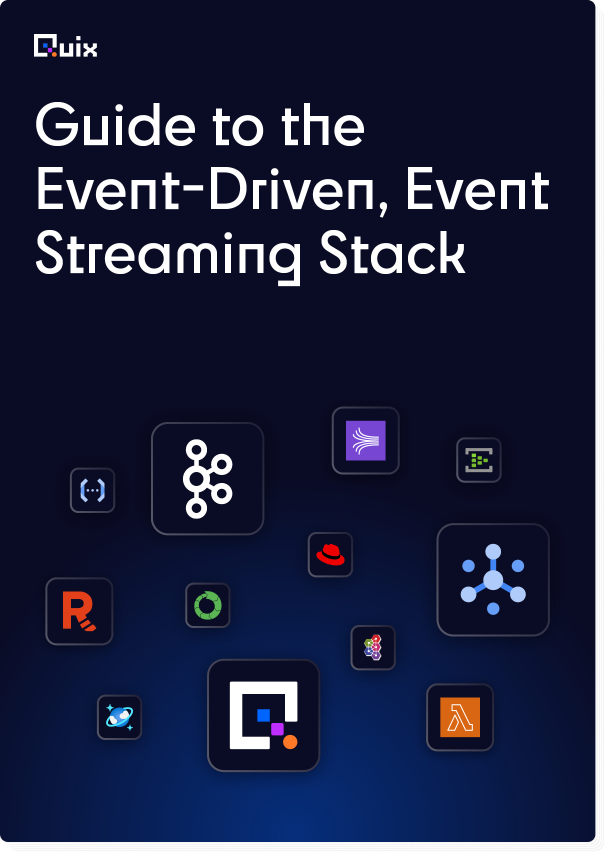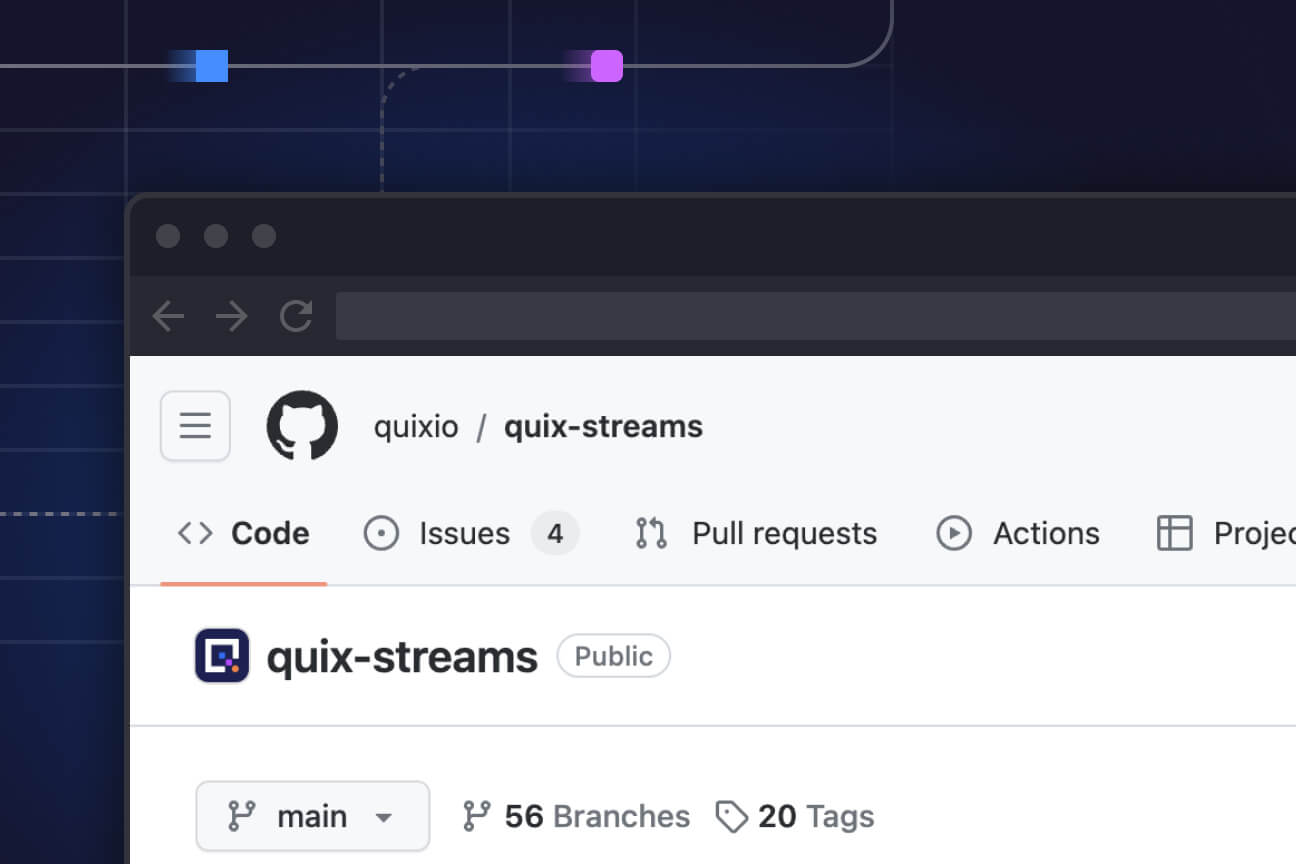The Stream — May 2023 edition
A monthly round-up of the most interesting news coming out of the stream processing ecosystem


Join us in London on June 12th
As a part of London Tech Week, we're running a one-day side conference exploring how leading businesses are using the latest advances in real-time data platforms to unlock growth and retention despite a tough climate.
Learn more ->
Bridging the gap between data scientists and engineers in machine learning workflows

Moving code from prototype to production can be tricky—especially for data scientists. There are many challenges in deploying code that needs to calculate features for ML models in real-time. I look at potential solutions to ease the friction.
Read the blog post ->
Quix Streams – Stream Processing with Kafka and Python

We’ve featured many of Kai Waehner’s writings in this newsletter and it’s great to see Kai dedicate his latest post to the Open Source library Quix Streams (Github) and Python stream processing. He demonstrates with context and examples why pure Python is an excellent strategy for many ML use cases.
Read more on Kai's blog ->
More news and insights
- Quix has launched a new developer forum! It's a place to ask and find questions about our OSS library and our Python streaming platform - Learn more
- Early adopters of data streaming see 10x returns - Read more
- Apache Flink awarded the prestigious SIGMOD Systems Award - Read more
- Last month in San Francisco the inaugural Real Time Streaming conference took place. Quix’s CTO, Tomas Neubauer, presented Quix Streams and how to build real-time applications with Python and Kafka - Watch now
- Tomas also spoke with Jesse Anderson at length to discuss the challenges data/ML engineering face and how Python stream processing can address this - Listen on Youtube
- Hubert Dulay's "Streaming Data Mesh" book is out now - Read more
- Twitter thread of Confluent CEO Jay Kreps’ keynote at Kafka Summit London. We’re excited to see that queueing support is being added to Kafka and learned that the number of monthly active unique users is close to 1 million - Read more
Meme of the Month

What’s a Rich Text element?
The rich text element allows you to create and format headings, paragraphs, blockquotes, images, and video all in one place instead of having to add and format them individually. Just double-click and easily create content.
Static and dynamic content editing
A rich text element can be used with static or dynamic content. For static content, just drop it into any page and begin editing. For dynamic content, add a rich text field to any collection and then connect a rich text element to that field in the settings panel. Voila!
How to customize formatting for each rich text
Headings, paragraphs, blockquotes, figures, images, and figure captions can all be styled after a class is added to the rich text element using the "When inside of" nested selector system.

Check out the repo
Our Python client library is open source, and brings DataFrames and the Python ecosystem to stream processing.

Interested in Quix Cloud?
Take a look around and explore the features of our platform.

Interested in Quix Cloud?
Take a look around and explore the features of our platform.






